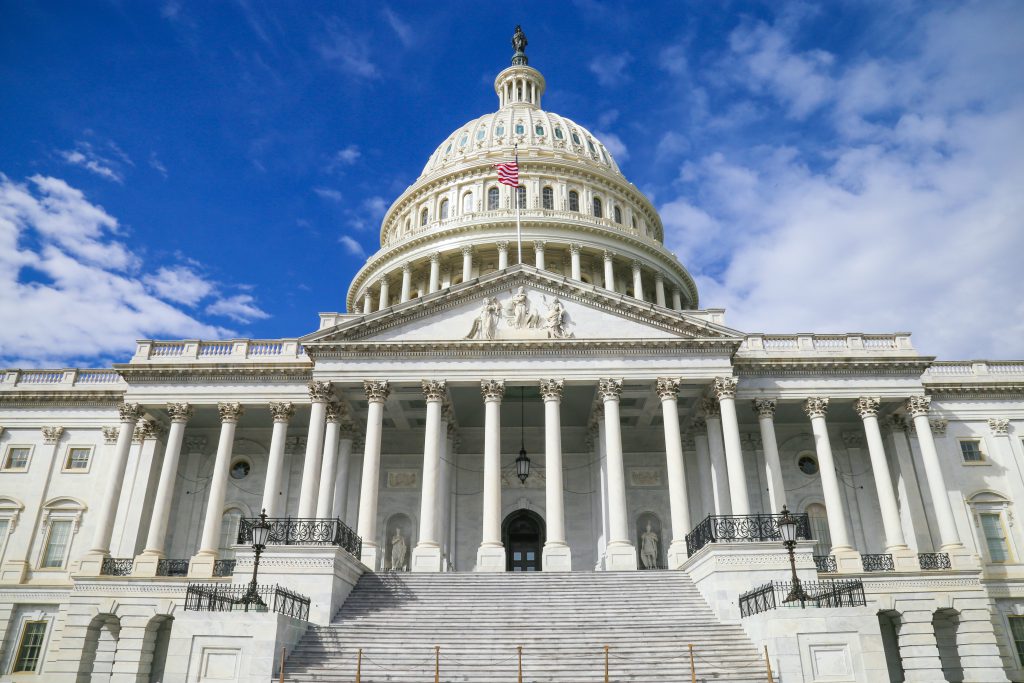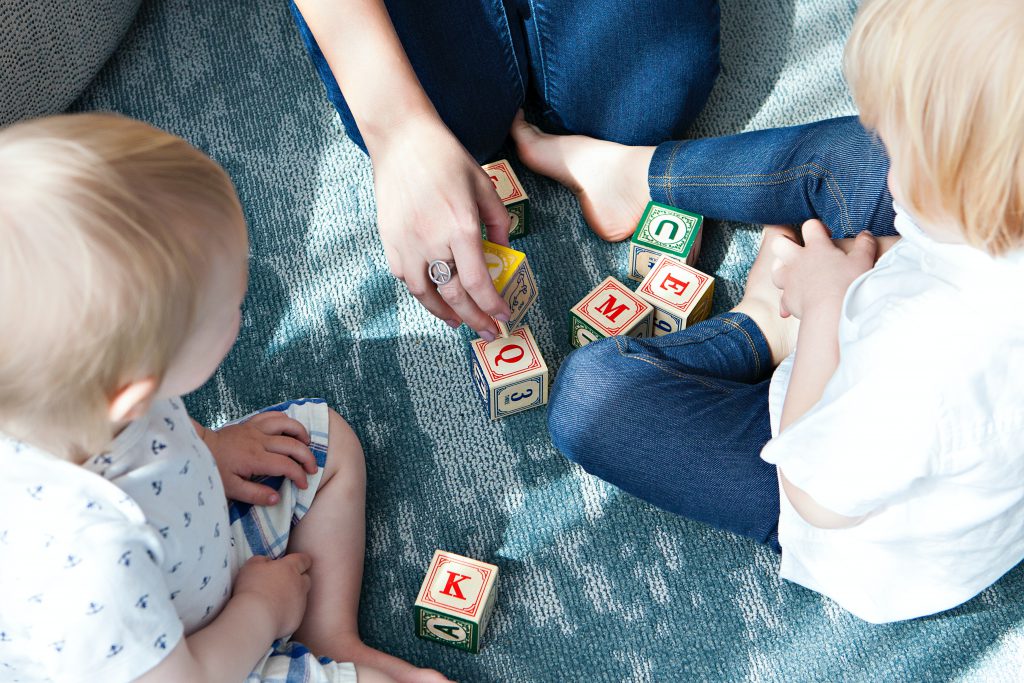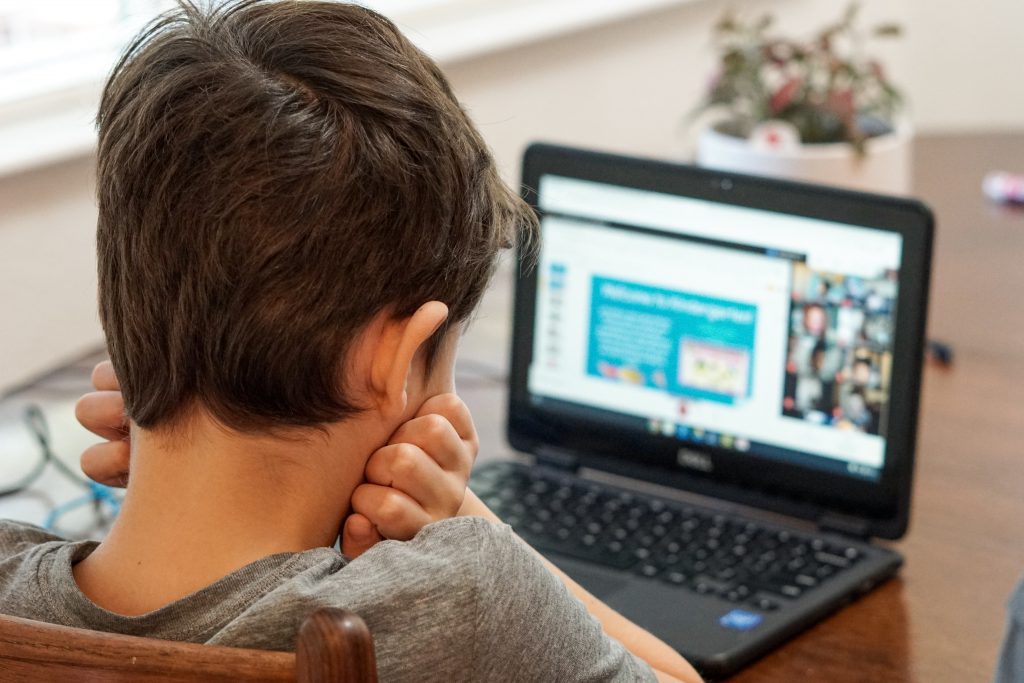You’ve undoubtedly heard about “COPPA laws” affecting video makers. This may have been brought to your attention via YouTube creators you follow or large media or news outlets covering the topic. Either way, if you’re making a video and putting it on the internet, COPPA involves you.
This article is a brief treatment on the topic and is geared toward YouTube, as it’s one of the most popular video sharing sites. There’s lots of other resources available to you that dive deeper than this post will. The goal of this article is just to help you get a basic understanding of the topic.
With that said, let’s roll.

Background
In 1998, Congress enacted the Children’s Online Privacy Protection Act (COPPA) which “required the Federal Trade Commission (FTC) to issue and enforce regulations concerning children’s online privacy” (FTC.gov). The point? To protect kids on the internet, such that parents are in control of the information collected about their kids.
On YouTube specifically, this means that ads targeted to kids – defined as those under 13 years old – are not allowed. Under COPPA, content made for kids is, thus, scrutinized with stricter standards than those for a general audience. In simple terms, YouTube needs to know which videos it can run ads on (and which it can’t).
In theory, using YouTube Kids to release a video targeted to those under 13 would be fine. The problem, however, is that, according to YouTube itself, it is “the #1 website regularly viewed by kids.” It is also today’s “leader in reaching children age 6-11 against top TV channels.”

Why This Applies To You
COPPA doesn’t just apply to video creators. It affects websites and “online services” – i.e. any service “available over the internet” where personal information can be collected. It also applies even if the information you collect is voluntary. We won’t go deeper on this specific topic in this post, but it’s good to have an idea of the broad scope of COPPA; you may be affected by it in larger ways.
Anyhow, you’re making a video because you have a product or service you know will help people. Or because you want to improve your customer service experience. But you’re most likely putting that video up on the internet somewhere.
If you upload to YouTube, you’re now required to mark whether or not your videos (or your entire channel) are made for kids, regardless of whether or not you actually make content intended for children. This is tricky, because the definition of “made for kids” is somewhat broad.
According to the FTC’s guidance on COPPA (and YouTube’s summary), a video is “child directed” if:
- Children are the primary YouTube audience based on various factors
- Children are not the primary audience, but the video is still directed toward children

What To Do
Generally, it’s a good idea to consult with a lawyer if you have questions about COPPA. However, it’s not a clear-cut process to comply, even if you have years of experience with all this.
Depending on where or how your video will play, you may never interact with kids at all. Or they might run across your video as a standalone post. Or even as an advertisement under their parent’s YouTube account.
Regardless, you know your goals and your audience best. It is ultimately your responsibility to understand how COPPA impacts you.
We hope this article can be a catalyst for you if you’ve never thought about COPPA before. If you’re already compliant, we hope this is a good refresher!
Either way, we’re all making videos for others’ benefit, and we want to be sure we communicate well.


